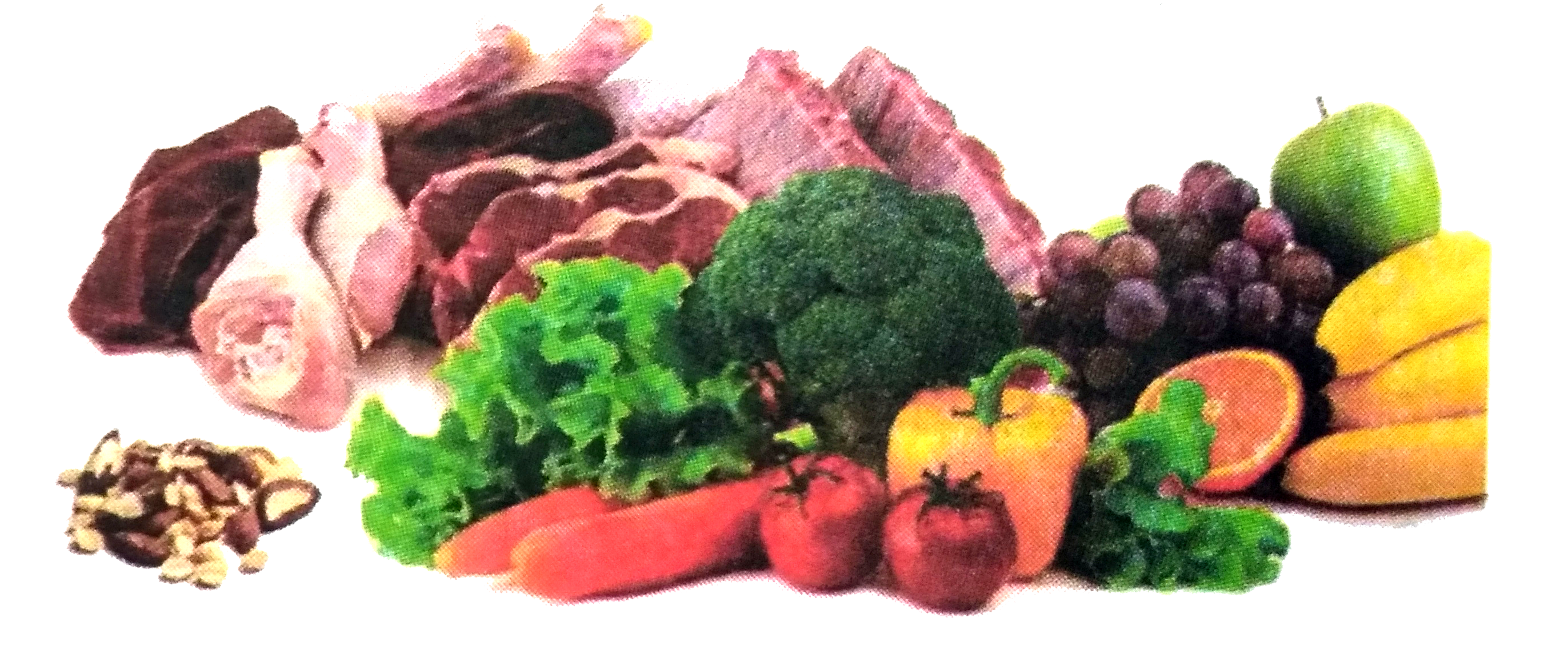Acetyl Co-A is formed from ……………….. and coenzyme A.
Step-by-Step Solution:
1. Understanding the Formation of Acetyl Co-A:
Acetyl Co-A is formed through a biochemical process that involves the oxidation of pyruvic acid (pyruvate) in the presence of coenzyme A.
2. Source of Pyruvic Acid:
Pyruvic acid is produced during glycolysis, which is the metabolic pathway that breaks down glucose (a sugar) into pyruvate. Glycolysis occurs in the cytoplasm of the cell.
3. Entry into Mitochondria:
After glycolysis, the pyruvic acid molecules enter the mitochondria, specifically the mitochondrial matrix, where further processing occurs.
4. Oxidative Decarboxylation:
Inside the mitochondrial matrix, pyruvic acid undergoes a process called oxidative decarboxylation. This process involves the removal of a carbon dioxide molecule from pyruvic acid.
5. Formation of Acetyl Co-A:
During oxidative decarboxylation, each molecule of pyruvic acid produces one molecule of Acetyl Co-A. Additionally, two molecules of NADH are generated from the metabolism of two molecules of pyruvic acid.
6. Role of Coenzyme A:
Coenzyme A is crucial for the formation of Acetyl Co-A, as it combines with the remaining two-carbon fragment from pyruvic acid after the removal of carbon dioxide.
7. Final Reaction:
The overall reaction can be summarized as:
- Pyruvic acid + Coenzyme A → Acetyl Co-A + CO2 + NADH
Final Answer:
Acetyl Co-A is formed from pyruvic acid and coenzyme A.
---
Acetyl Co-A is formed through a biochemical process that involves the oxidation of pyruvic acid (pyruvate) in the presence of coenzyme A.
Pyruvic acid is produced during glycolysis, which is the metabolic pathway that breaks down glucose (a sugar) into pyruvate. Glycolysis occurs in the cytoplasm of the cell.
After glycolysis, the pyruvic acid molecules enter the mitochondria, specifically the mitochondrial matrix, where further processing occurs.
Inside the mitochondrial matrix, pyruvic acid undergoes a process called oxidative decarboxylation. This process involves the removal of a carbon dioxide molecule from pyruvic acid.
During oxidative decarboxylation, each molecule of pyruvic acid produces one molecule of Acetyl Co-A. Additionally, two molecules of NADH are generated from the metabolism of two molecules of pyruvic acid.
Coenzyme A is crucial for the formation of Acetyl Co-A, as it combines with the remaining two-carbon fragment from pyruvic acid after the removal of carbon dioxide.
The overall reaction can be summarized as:
- Pyruvic acid + Coenzyme A → Acetyl Co-A + CO2 + NADH
Acetyl Co-A is formed from pyruvic acid and coenzyme A.
Topper's Solved these Questions
- RESPIRATION IN PLANTS BOOK - MODERN PUBLICATIONCHAPTER - RESPIRATION IN PLANTS EXERCISE - MEMORY TEST (C. Choose the correct alternative)
5 Videos
- RESPIRATION IN PLANTS BOOK - MODERN PUBLICATIONCHAPTER - RESPIRATION IN PLANTS EXERCISE - REVISION EXERCISES (Very Short Answer Questions)
16 Videos
- RESPIRATION IN PLANTS BOOK - MODERN PUBLICATIONCHAPTER - RESPIRATION IN PLANTS EXERCISE - MEMORY TEST (A. Say True or False)
10 Videos
- PLANT KINGDOM BOOK - MODERN PUBLICATIONCHAPTER - PLANT KINGDOM EXERCISE - Chapter Practice Test
16 Videos
- STRUCTURAL ORGANISATION IN ANIMALSBOOK - MODERN PUBLICATIONCHAPTER - STRUCTURAL ORGANISATION IN ANIMALSEXERCISE - CHAPTER PRACTICE TEST (Section -E)
2 Videos
Similar Questions
Knowledge Check
A coenzyme is
AOrganic non-proteinaceous group that is essential for enzyme activityBOrganic or inorganic group that is essential for enzyme activityCSame enzyme found in different organs or tissuesDOne that shares function o another enzymeCoenzyme is
AOften a vitaminBAlways an inorganic compoundCAlways a proteinDOften a metalCoenzyme-A is derived from
AthiaminBriboflavinCpantothenic acidDbiotin

